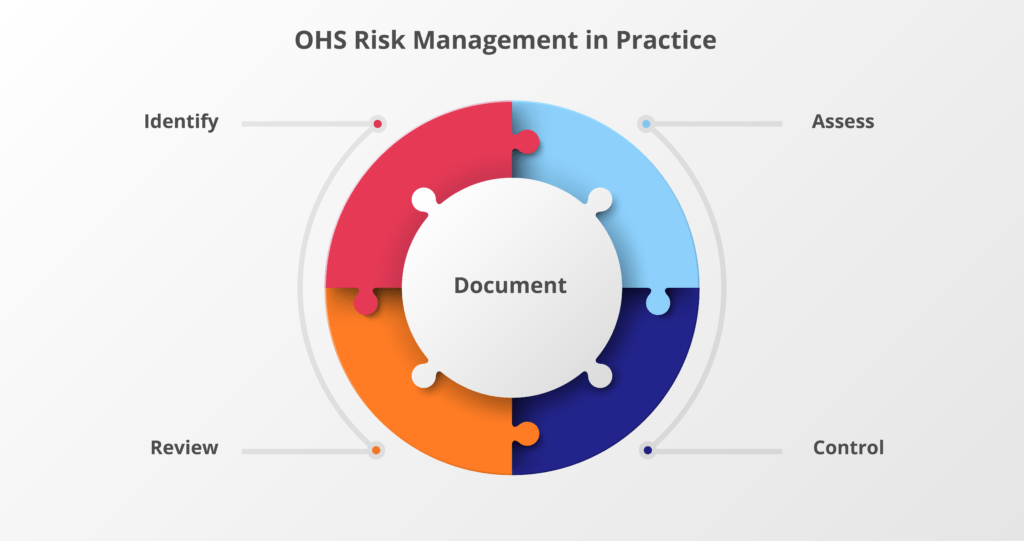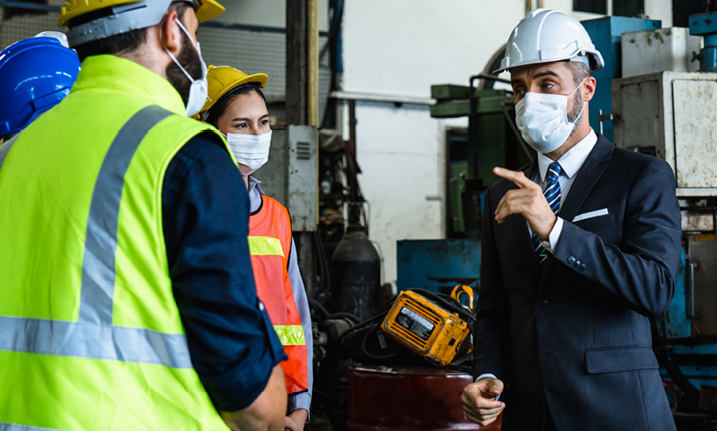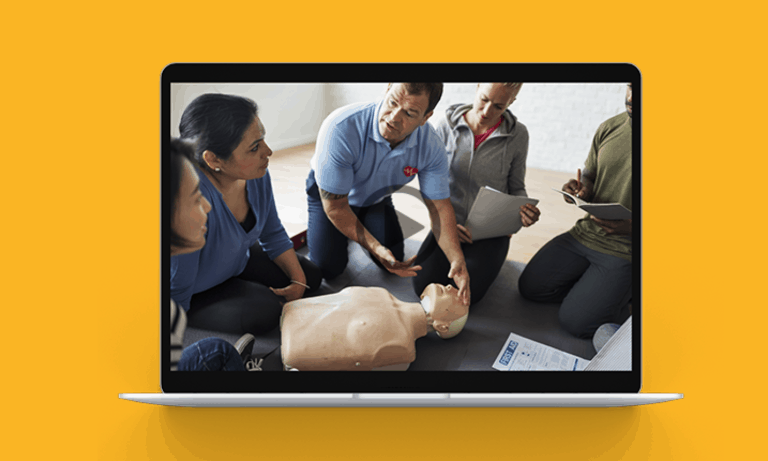

Every Australian business is legally required to provide a workplace that is free of risks and hazards. But how is this even possible if your organisation is a factory, hospital, or industrial mining site? Can you create a job site without any hazards?
In this blog, we’ll explain the risk management approach to OHS, how to apply it to enterprise compliance, and what risk management actually looks like in practice. Risk management is the way that Australian businesses can operate safely and remain in compliance with the law.
What is risk management?
Risk management is a process for understanding the risks and hazards associated with your business operations — then taking steps to ensure that individual hazards are assessed, eliminated (or controlled), and monitored.
Businesses face 3 different types of risk to their operations:
- Strategic Risk — risk linked to the strategic decisions made by the business, such as acquiring a competitor’s processing plant which could weaken the company’s cashflow and liquidity.
- Project Risk — risk linked to individual projects undertaken by a business. In the case of software implementation, this could involve inadequate stakeholder engagement and consultation, leading to misunderstandings about project goals and deliverables, reduced stakeholder satisfaction, and potential project failure.
- Operational Risk — risk associated with day-to-day business operations; for example, healthcare personnel may sustain manual handling injuries when transferring elderly patients from beds to wheelchairs.
In this article, we’ll discuss OHS risk and compliance, but larger organisations will usually create a risk management plan for each area of concern.
Risk management and WHS legislation
Risk management is a legal requirement of WHS legislation in every Australian state or territory under the following laws:
- Work Health and Safety Act — Section 17 of the WHS Act in your state (or territory) requires you to eliminate risks to health and safety, and when this is not practicable, they must be minimised as far as possible.
- Work Health and Safety Regulations — Sections 32-28 of the WHS Regulations require you to identify, assess, control and review hazards using the Hierarchy of Controls. These model regulations may be implemented differently in your jurisdiction, so please check the legislation in your area.
DID YOU KNOW?
Rapid Risk is Australia’s leading OHS risk management software, allowing you to finally ditch those departmental spreadsheets and access your all your risk assessments and OHS data in real-time.
OHS Risk management in practice
In practice, OHS risk management has 4 key steps which perpetually operate in a cycle as follows:

1. Identifying risk and hazards
The first stage of the risk management process is to identify individual hazards by physically inspecting your office, factory, or remote mining site — documenting each hazard and area of concern. Hazards can range from an open tin of flammable paint sitting on a workbench, to a young worker being allowed to weld without sufficient training, to the interior of a grain silo.
2. Assessing business risk
Once you have a list of hazards, the next stage is to assess the level of risk — to your business and to your workers. This is called a risk assessment and we’ve included below a quick example of how a single hazard might be assessed.
- What is the nature of the hazard? — physical injury to nursing staff while moving patients. Nurses are highly trained and critical to business operations.
- What could happen? — nurses could sustain back strain and other musculoskeletal injuries.
- What could be the severity of the hazard? — a severe injury could require immediate hospitalisation, then lengthy rehabilitation before returning to work. The nurse’s back could be permanently injured.
- How likely is it to happen? — each patient may require movement 3-5 times per day. If there are not enough lifting aids in peak times, patients may need to be moved by hand. The likelihood of injury is potentially very high.
As individual hazards are assessed they are normally given a risk score which allows you to create a priority list for action and control.
3. Controlling hazards
Hazards must be controlled according to the Hierarchy of Controls as outlined in the WHS Regulations. The Hierarchy proposes a step-by-step approach to determining what actions can be taken to manage a given hazard. It begins with seeking the elimination of the hazard; when a hazard cannot be eliminated it must be minimised to an acceptable level of safety using a combination of:
- Elimination controls — completely remove the hazard where possible.
- Substitution controls — change chemicals and processes to safer alternatives.
- Engineering controls — use equipment and machinery that reduces contact with the hazard.
- Administration controls — implement safe work procedures, supervision and training.
- PPE — have your workers wear personal protective equipment to protect themselves from the hazard.
4. Maintaining compliance
The WHS Regulations also require a business to monitor and review each hazard to ensure that control measures are working, and new hazards haven’t been introduced to the workplace.
5. Keeping records
At each step in the risk management process, records should be kept to document compliance and assist with monitoring and review.
Tools and techniques
There are many risk management tools and templates available online in spreadsheet or document format. However, a more sophisticated approach is to use business risk management software which allows you to manage enterprise risk and OHS risk all in one place — and in real time.
A digital risk management system like Rapid Risk provides a central location to report, store and follow up on all your company’s risks. This means information will always be available when you need it. Rapid’s WHS risk management tool will also:
- Categorise risk into different areas (strategic, project, operational) so you can ensure a comprehensive yet simple and consistent use of language and methodology in your organisation.
- Use a sophisticated risk matrix to analyse the severity of risk areas and individuals’ hazards.
- Provide the tools needed to determine root causes.
- Allow assignment of corrective actions and control measures to key personnel.
- Act as a repository for operational procedures and OHS policies.
- Consolidate your data into a visual dashboard, accessible 24/7 by desktop computer, tablet, and smartphone.
- Send updates and notifications in real time as risk and hazards are identified, assessed, updated, or eliminated.
- Perpetually monitor and review individual hazards in accordance with OHS Regulations.
Recommended reading: 5 key features to look for in risk management software
DID YOU KNOW?
Rapid Risk was developed (and updated) in accordance with international quality standard ISO 31000:2018 Risk management — Guidelines.
Looking for a better set of risk management tools?
If you’re looking for a better way of meeting OHS compliance and creating a risk management plan that encompasses all areas of enterprise risk — reach out to the Rapid team today.
Our qualified consultants will walk you through a free demonstration of our Rapid Risk software and show you how to customise and configure the system for the unique needs of your industry and employment sector.







